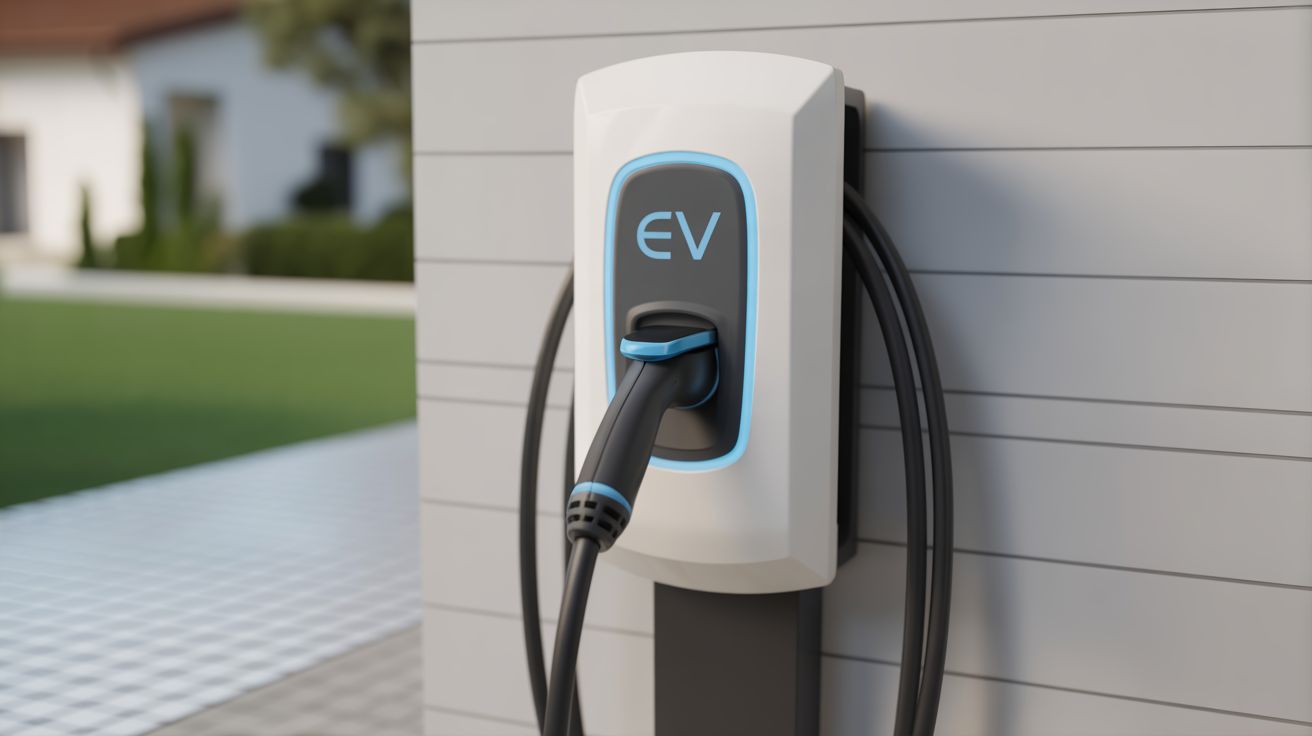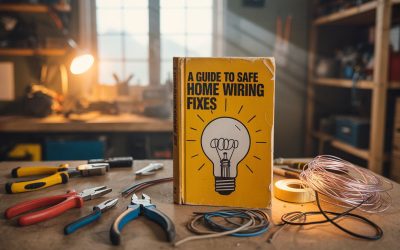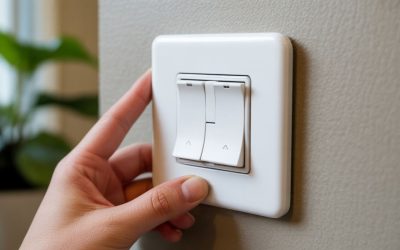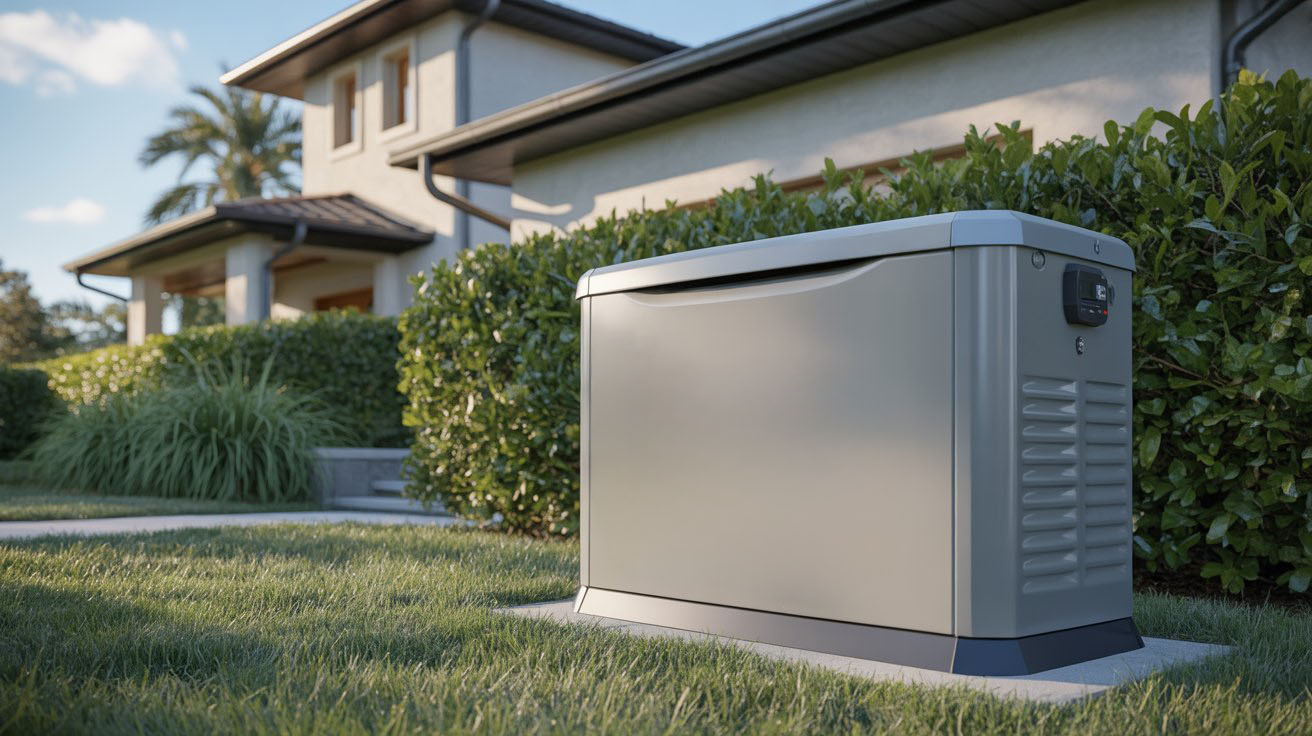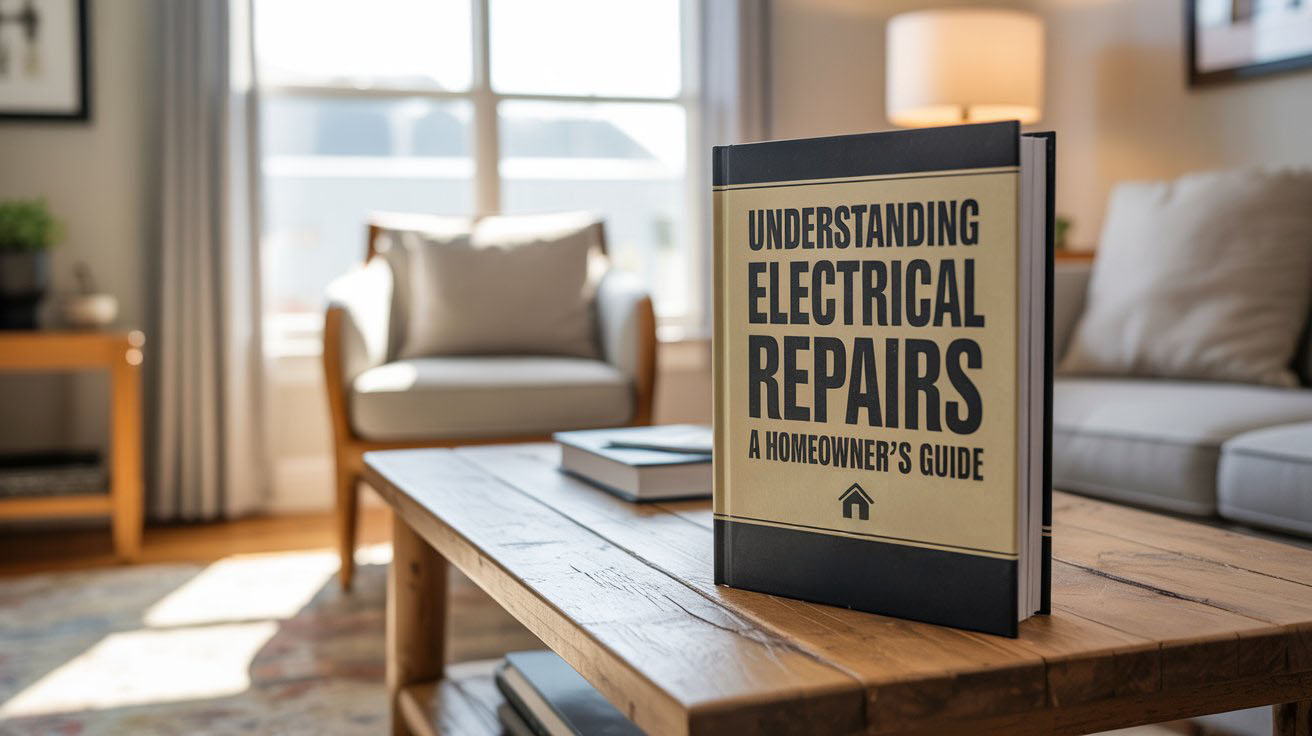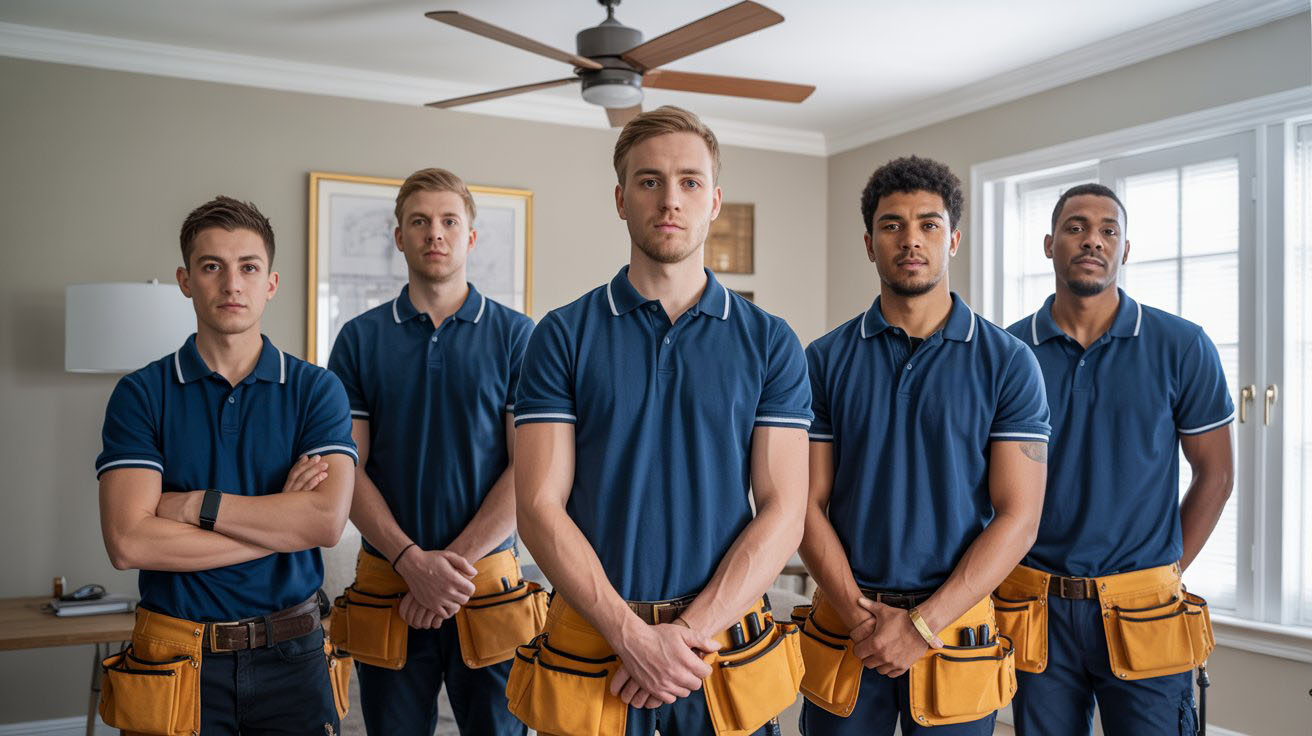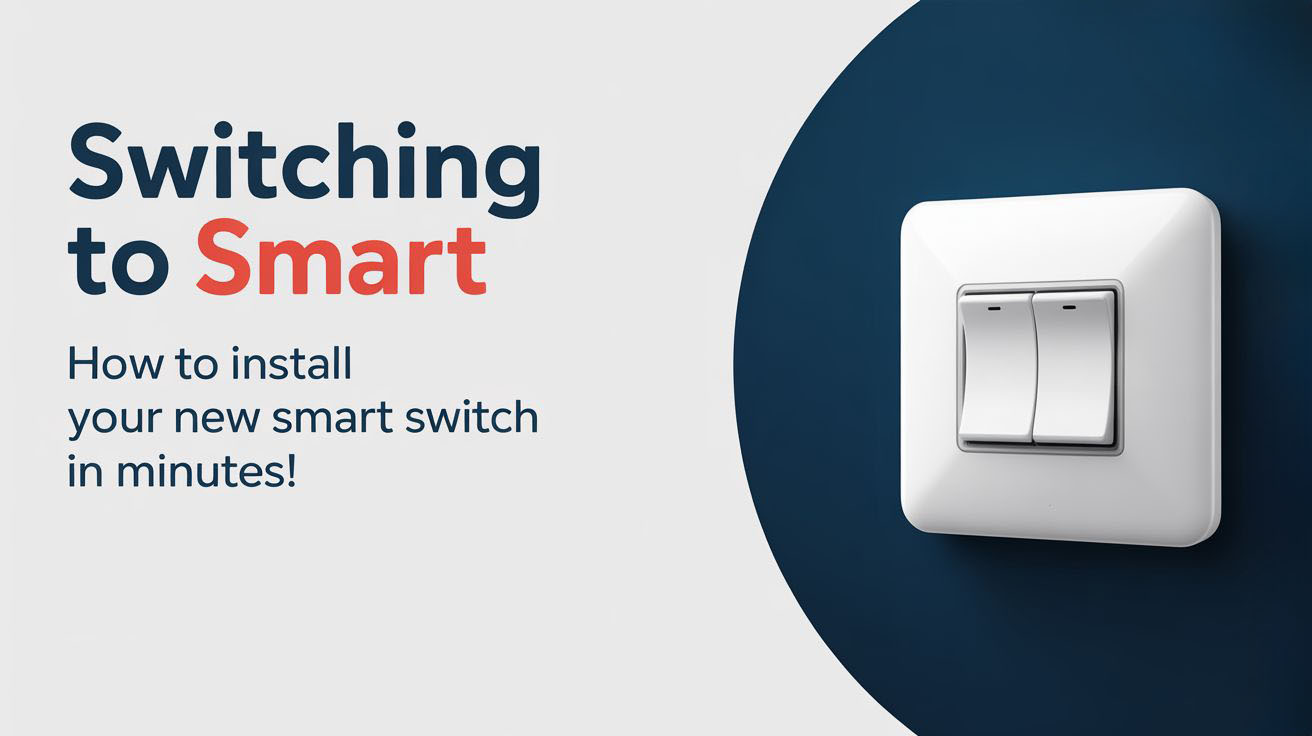Electrifying your home by installing an EV charger is a smart investment for both your convenience and the environment. This process can seem daunting, but with the proper guidance, it can be made a smooth and enjoyable experience.
Table of Contents
- Why Install an EV Charger?
- Choosing the Right Charger
- Preparing Your Home
- Installation Process
- Maintenance Tips
- Key Takeaways
- FAQ
- Ready to Get Help?
Why Install an EV Charger?
Installing an EV charger at home offers several benefits. It allows you to charge your electric vehicle conveniently, saving time and money. No more waiting at public charging stations; everything you need is right in your garage.
Moreover, having a personal charger can increase your property’s value. It’s a feature that many homebuyers are now seeking as electric vehicles gain popularity.
Choosing the Right Charger
When selecting an EV charger, consider the charging speed, compatibility with your vehicle, and your home’s electrical capacity. There are two main types of chargers:
- Level 1 Charger: Plugs into a standard household outlet and is slower, making it ideal for overnight charging.
- Level 2 Charger: Requires a 240-volt outlet and charges at a faster rate, making it ideal for daily use.
Be sure to check your electric vehicle’s specifications to choose a compatible charger. Consulting with a qualified electrician will help ensure you make the best choice.
Preparing Your Home
Before installation, assess your home’s electrical setup. Locate an available outlet and verify that it can handle the additional load. You may need an upgrade if your current system is insufficient.
Consider the location of the charger. It should be easily accessible while also prioritizing safety. Consulting a licensed electrician can help you make informed decisions about these matters.
Installation Process
The installation process is straightforward, but it requires professional assistance to ensure safety and compliance with local codes. The steps usually include:
- Inspecting your electrical panel and home wiring.
- Obtaining any necessary permits.
- Installing the EV charger itself, ensuring proper placement, and securing all connections.
Once installed, your electrician will test the system to ensure everything is functioning correctly. This professional service guarantees that your charger will operate safely and efficiently for years to come.
Maintenance Tips
Keeping your EV charger in top shape is essential for performance and longevity. Here are some maintenance tips:
- Regularly inspect cords and connections for signs of wear and tear.
- Keep the charging area clean and free from debris.
- Schedule routine checkups with your electrician to ensure everything is functioning correctly.
By following these simple maintenance steps, you can increase the lifespan of your charger and ensure it works efficiently whenever you need it.
Key Takeaways
- Installing an EV charger offers convenience and can add value to your home.
- Select between Level 1 and Level 2 chargers according to your specific needs.
- Consult a licensed electrician for installation and assessment of your home’s electrical system.
- Regular maintenance is critical for the performance of your EV charger.
FAQ
How long does it take to install an EV charger?
The installation typically takes a few hours, depending on the electrical setup of your home.
Can I install an EV charger myself?
It’s recommended to hire a licensed electrician for safety and compliance with local regulations.
What is the average cost of installing an EV charger?
Costs can vary widely, but the average cost typically ranges from $300 to $1,500, including both parts and labor.
Do I need a permit to install an EV charger?
Most locations require permits for electrical installations; your electrician can help with this process.
Is it safe to charge my EV overnight?
Yes, as long as your charger and electrical system are in good condition, overnight charging is generally safe.
Ready to Get Help?
If you are considering installing an EV charger at home, now is the time to take action. Contact a licensed electrician for an assessment and to ensure a safe installation. Don’t hesitate to take the first step toward convenience and sustainability. Contact us today to get started!

